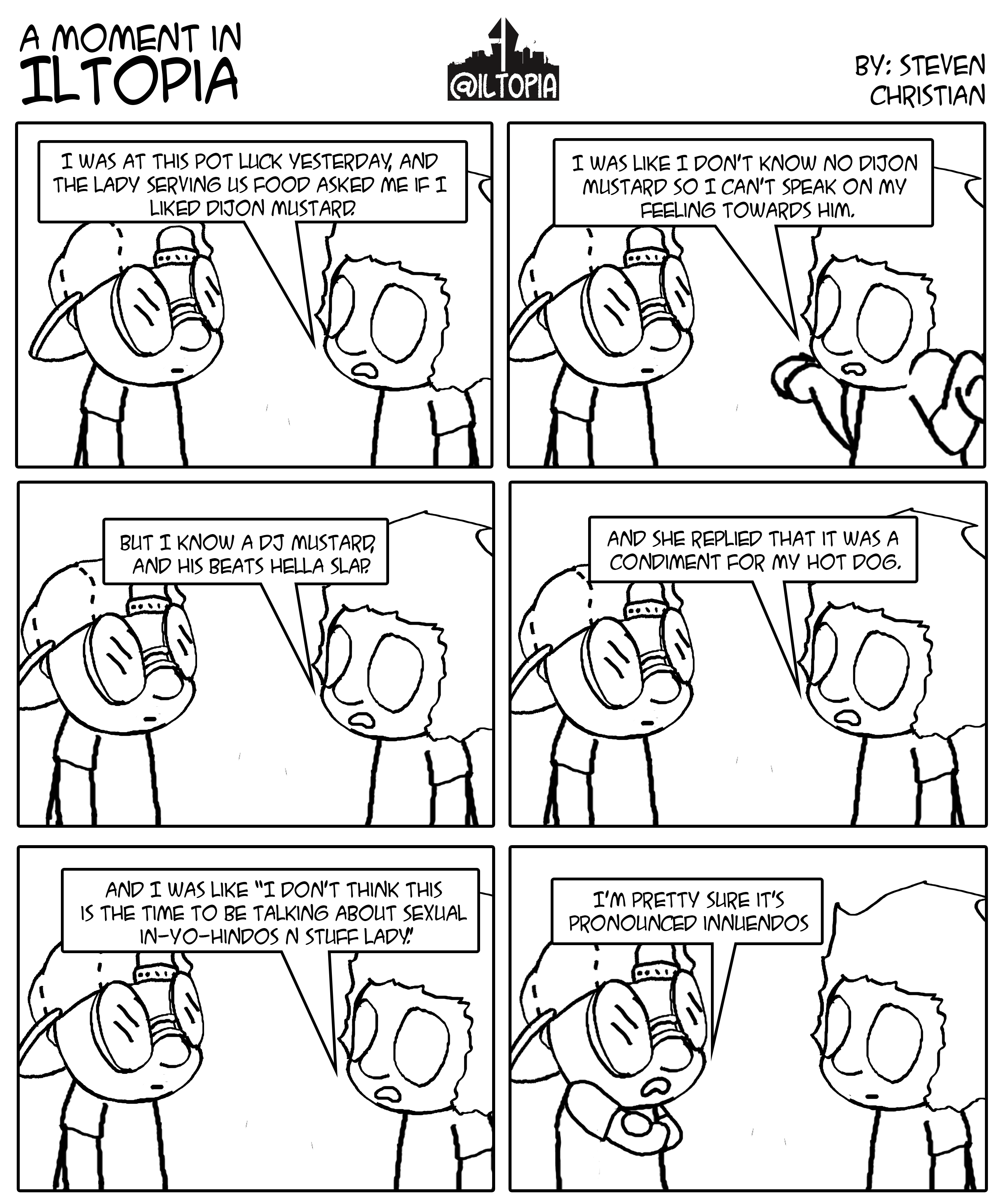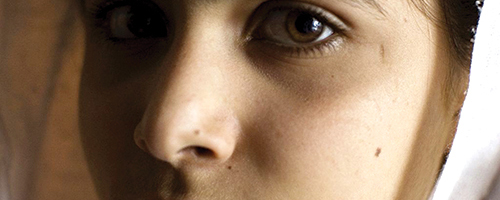Hasidic Jewish newspaper Der Tzitung has recently gotten itself into some controversy regarding a photo they published in relation to the death of Osama Bin Laden. The problem wasn’t so much over what was in the photo, rather what wasn’t.
Photographic freedom
Hasidic Jewish newspaper Der Tzitung has recently gotten itself into some controversy regarding a photo they published in relation to the death of Osama Bin Laden. The problem wasn’t so much over what was in the photo, rather what wasn’t.
The now famous “Situation Room” photo was missing two people: Secretary of State Hillary Clinton and the Director for Counterterrorism, Audrey Tomason, the only women in the photo.
Since the modification came to light, much of the world has voiced its disbelief, and some have protested the action. People condemned the removal as an attempt to “change history” or to dismiss the efforts of the women involved. Despite the paper issuing an apology for altering the photo against its terms of release, some feel the apology was not good enough, and that reparations must be made against this grave injustice.
However, why is writing two women out of a photo such a grave injustice?
It was not merely Clinton and Tomason who were not in the paper. Der Tzitung, like most orthodox Hasidic papers, does not show any images of women in its publication, regardless of significance. It is their attempt to comply with an unspoken set of “modesty laws,” which essentially forbid the publication of anything that may inspire illicit or improper thoughts.
It is important to note that Der Tzitung is not the only orthodox paper to remove Clinton and Tomason from its pages. De Voce and other similar papers have also done the same.
Many have decried this as degrading to women; others have suggested that this affords women an unequal status in Hasidic Judaism.
But it doesn’t. The removal of any images of women in the paper is merely their policy. As an orthodox religious paper, Der Tzitung does what it can to follow its own set of laws and doctrine. The removal of these women is essentially a technologically advanced version of censor bars.
Censorship is a relative term, and can become a tricky subject, especially in the world of journalism. People react strongly to obvious censorship, citing dystopian dramas and conspiracy theories whenever the word even comes up. However, censorship is more than just the choosing, or denying, what information to share. Censorship can also be any act which ensures that content is consistent with a publication’s values or policies.
In the case of Der Tzitung, censorship was by removing content that goes against their religious policies. For the New York Times, it might be an image of a woman’s breasts or a photo of a brain-dead accident victim. A high school paper might censor a photo of a teacher doing a keg stand. And for an orthodox Hasidic publication, this might be a photo of a woman.
This paper has been removing women from its photos for years; it has only been brought to attention now because it is such an iconic image and because one of the women in question is particularly famous. The readers of the paper clearly have little to no problem with the policy; if they did, it is doubtful that they would continue to read it. The paper does not need to apologize for following its policy as strictly as it follows its doctrine.
The problem lies with those who want to make the removal into something more than it really is. It is not a dismissal of Clinton and Tomason’s roles in the government. It is simply a modification of a photo.
Photos are edited for release in most publications, whether to “improve” a person’s looks or to clarify the photo. People are routinely added to or removed from photos. Time magazine recently modified a photo so that President Barack Obama looked to be sharing a joke with Ronald Reagan, with a note that it had of course been edited, it was used as the cover of the issue. Although the policy of removing women from photos may be difficult to understand for those unaccustomed to it, it is no different than airbrushing out varicose veins or removing a make-up artist from a picture.
Don’t get so wound up about it. You wouldn’t expect to see an orgy on the cover of your daily newspaper; don’t expect an orthodox publication to go against its readers’ expectations either. ?




